High-Performance Automotive Cooling Systems (Performance How-to)
Original price was: $29.95.$26.99Current price is: $26.99.
Price: $29.95 - $26.99
(as of Sep 01, 2024 12:35:02 UTC – Details)
Whether your vehicle is modified for the street or the track, keep its engine healthy by selecting the best cooling system components to match today’s horsepower demands.
In High-Performance Automotive Cooling Systems, author Dr. John Kershaw explains the basics of a cooling system’s operation, examines coolant and radiator options, explains how to manage coolant speed through your engine and why it is important, examines how to manage airflow through your radiator, takes a thorough look at cooling fans, and finally uses all this information in the testing and installation of all these components.
When considering how well modern cars perform in many areas, it is easy to forget some of the issues motorists had on a regular basis 40-plus years ago. Cars needed maintenance regularly: plugs and points had to be replaced on a frequent basis, the expected engine life was 100,000 miles rather than double and triple the expectation that you see today, and an everyday hassle, especially in warm climates, was being the victim of an overheating car. It was not uncommon on a hot day to see cars stuck in traffic, spewing coolant onto the ground with the hoods up in a desperate attempt to cool off.
Fast-forward to today, and it’s easy to forget that modern cars even have coolant. The temp needle moves to where it is supposed to be and never moves again until you shut the car off. For drivers of vintage cars, this level of reliability is also attainable.
Muscle cars and hot rod engines today are pushed to the limit with stroker kits and power adders straining the capabilities of your cooling system to extremes never seen before. Whether you are a fan of modern performance cars or a fan of more modern performance in vintage cars, this book will help you build a robust cooling system to complement your engine.
From the Publisher


In High-Performance Automotive Cooling Systems, author Dr. John Kershaw explains the basics of a cooling system’s operation, examines coolant and radiator options, explains how to manage coolant speed through your engine and why it is important, examines how to manage airflow through your radiator, takes a thorough look at cooling fans, and finally uses all this information in the testing and installation of all these components. Muscle cars and hot rod engines today are pushed to the limit with stroker kits and power adders straining the capabilities of your cooling system to extremes never seen before. Whether you are a fan of modern performance cars or a fan of more modern performance in vintage cars, this book will help you build a robust cooling system to complement your engine.
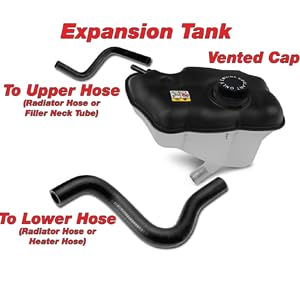

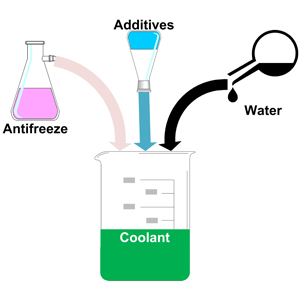

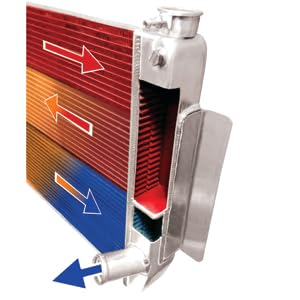

System Basics
The expansion tank for a Champion Cooling Systems’ aftermarket expansion tank uses a vented cap, an upper hose that goes to the radiator filler neck below the cap, and a lower hose that connects to the heater core. (Photo Courtesy Champion Cooling Systems)
Coolant
What is engine coolant? Coolant is a mixture of about 50 percent water, 47 percent antifreeze (ethylene glycol or other antifreeze), and 3 percent corrosion inhibitors and other additives.
Radiators
The triple-pass radiator, called the Tri-Flow radiator, has the coolant pass through the radiator core three times to provide lower outlet temperatures. (Printed by permission from Eastwood Company)
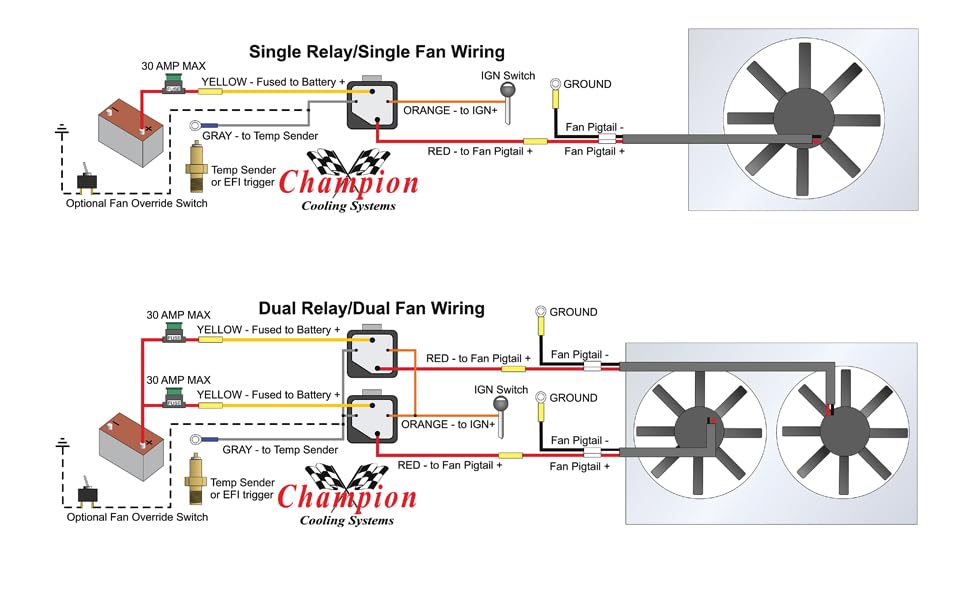

Electric Fans
A typical setup for wiring either a single electric cooling fan or a dual electric cooling fan for your project vehicle is shown. It operates using a temperature sensor installed in a hot coolant passage. (Photo Courtesy Champion Cooling Systems)
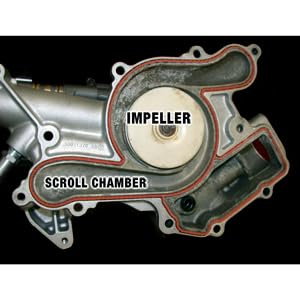

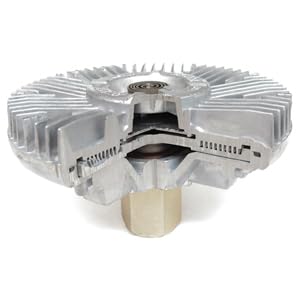

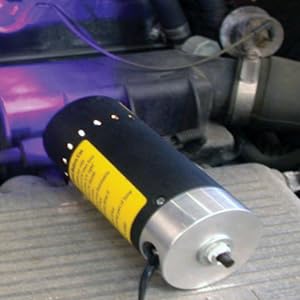

Coolant Flow
This is a scroll chamber of a water pump with a closed water wheel–style vane. The impeller worked well at low speeds but was generally deficient at high speeds. (Photo Courtesy Jim Halderman)
Mechanical Fans
The bimetallic temperature-sensor spring is attached to a valve on a viscous clutch cooling fan assembly. When the bimetallic spring cools down, the fan becomes uncoupled and freewheels. (Photo Courtesy Derale Performance)
Diagnostics
The cooling system can be inspected for leaks by putting dye in the system and using a leak-detection flashlight. The large, awkward lamps that were once the industry standard are a thing of the past. Compact, lightweight flashlights are now the norm. (Photo Courtesy Jim Halderman)


Publisher : CarTech (June 17, 2019)
Language : English
Paperback : 128 pages
ISBN-10 : 1613255047
ISBN-13 : 978-1613255049
Item Weight : 15.2 ounces
Dimensions : 8.5 x 0.38 x 11 inches
User Reviews
Be the first to review “High-Performance Automotive Cooling Systems (Performance How-to)”

Original price was: $29.95.$26.99Current price is: $26.99.








There are no reviews yet.